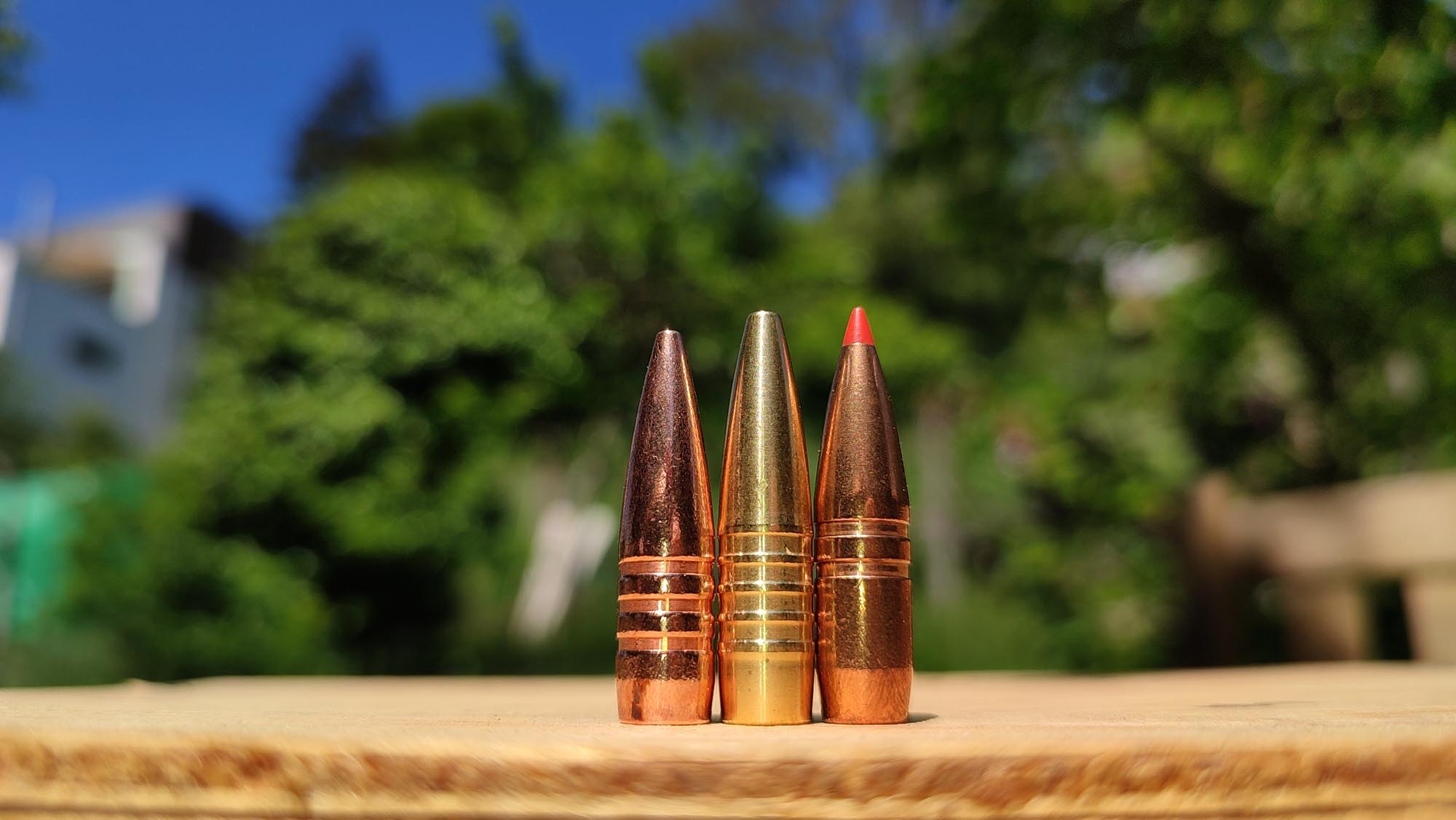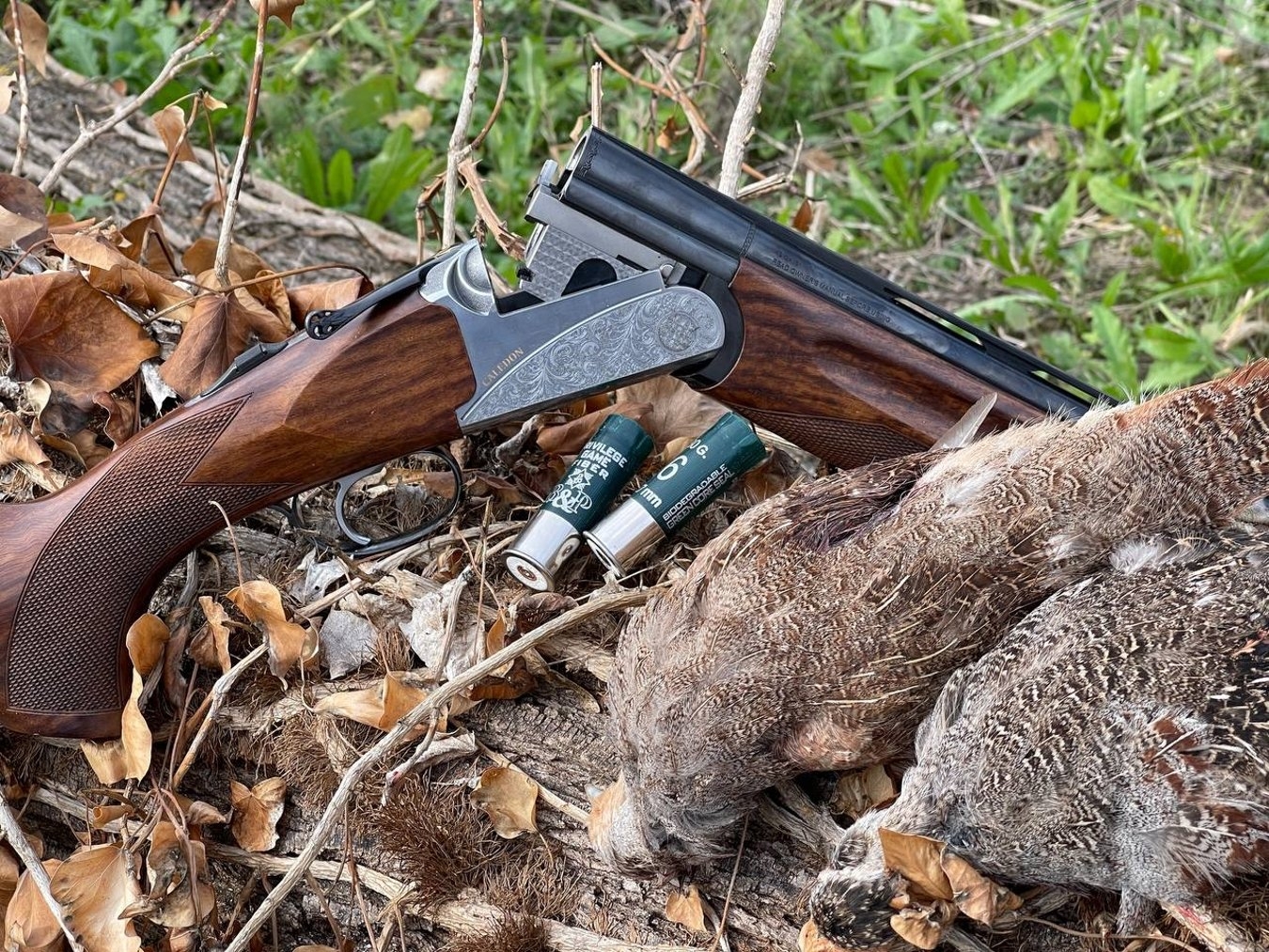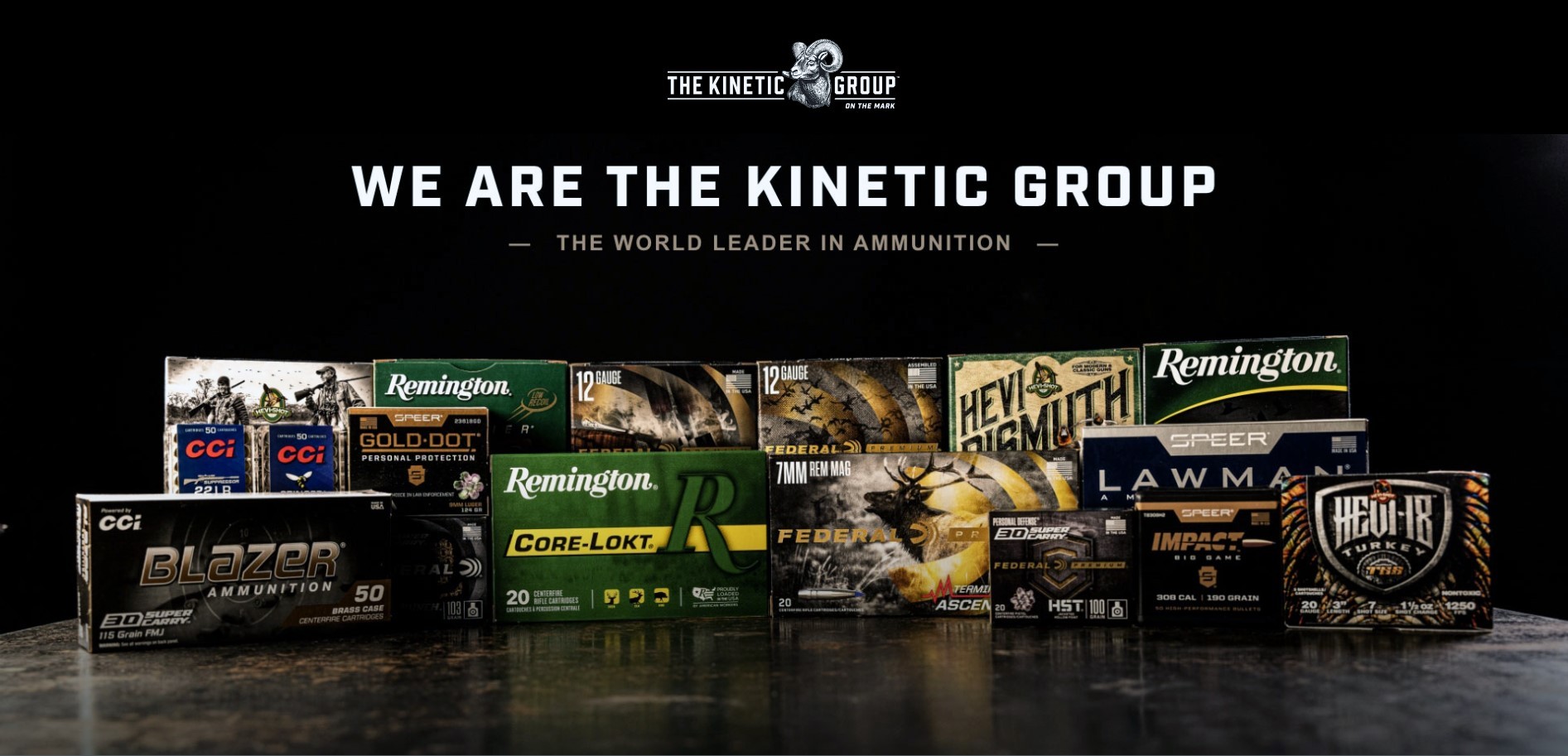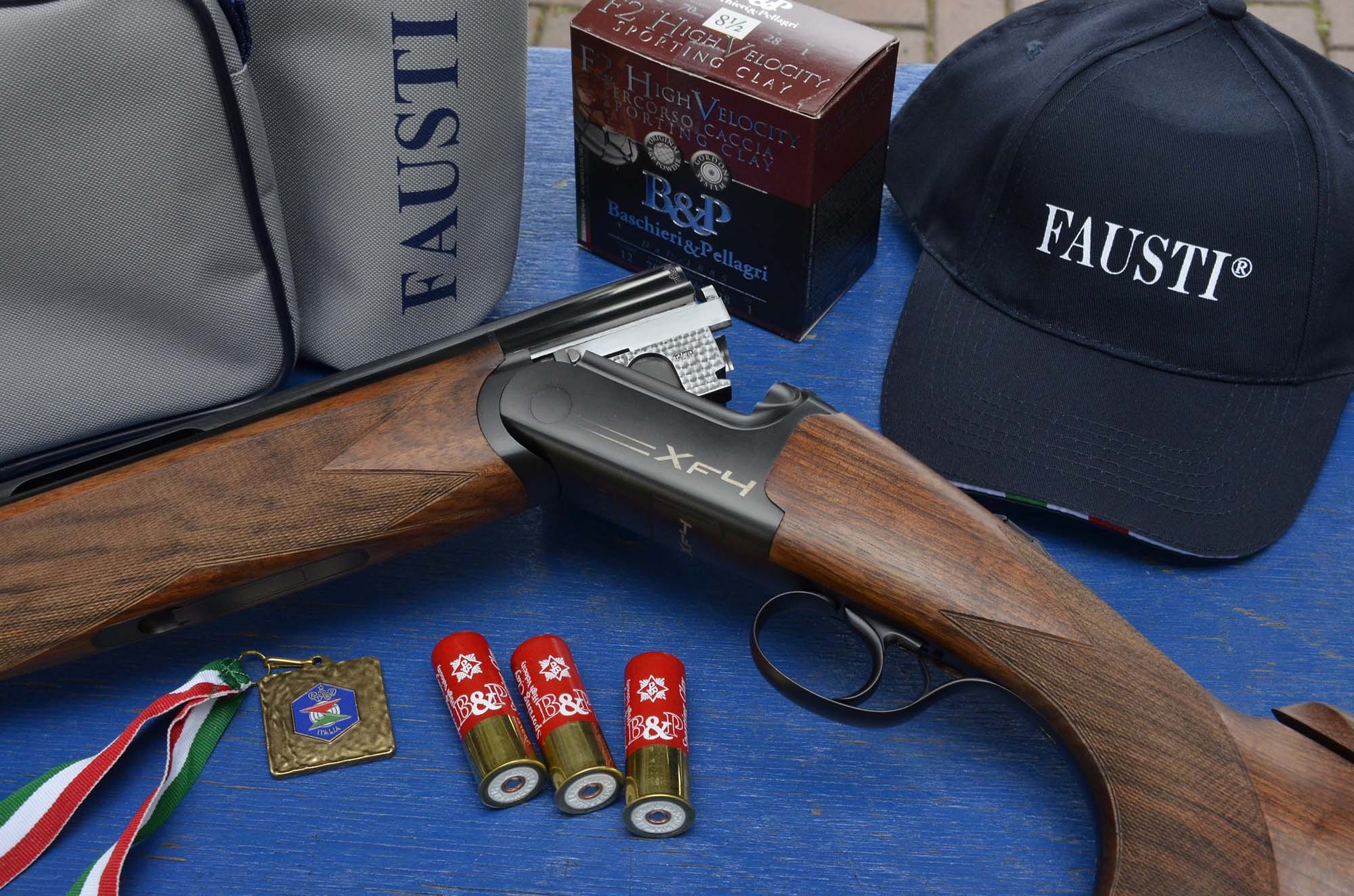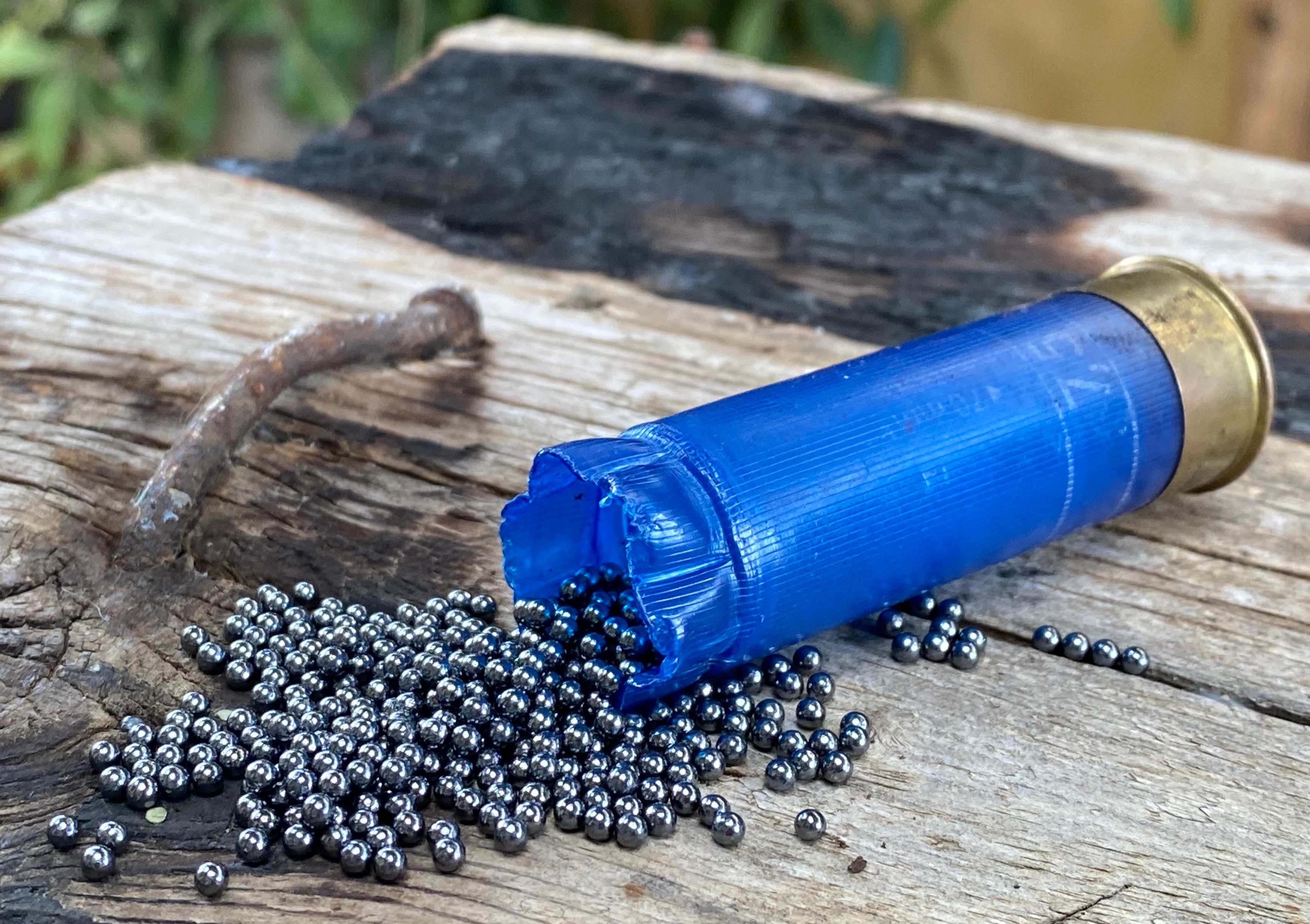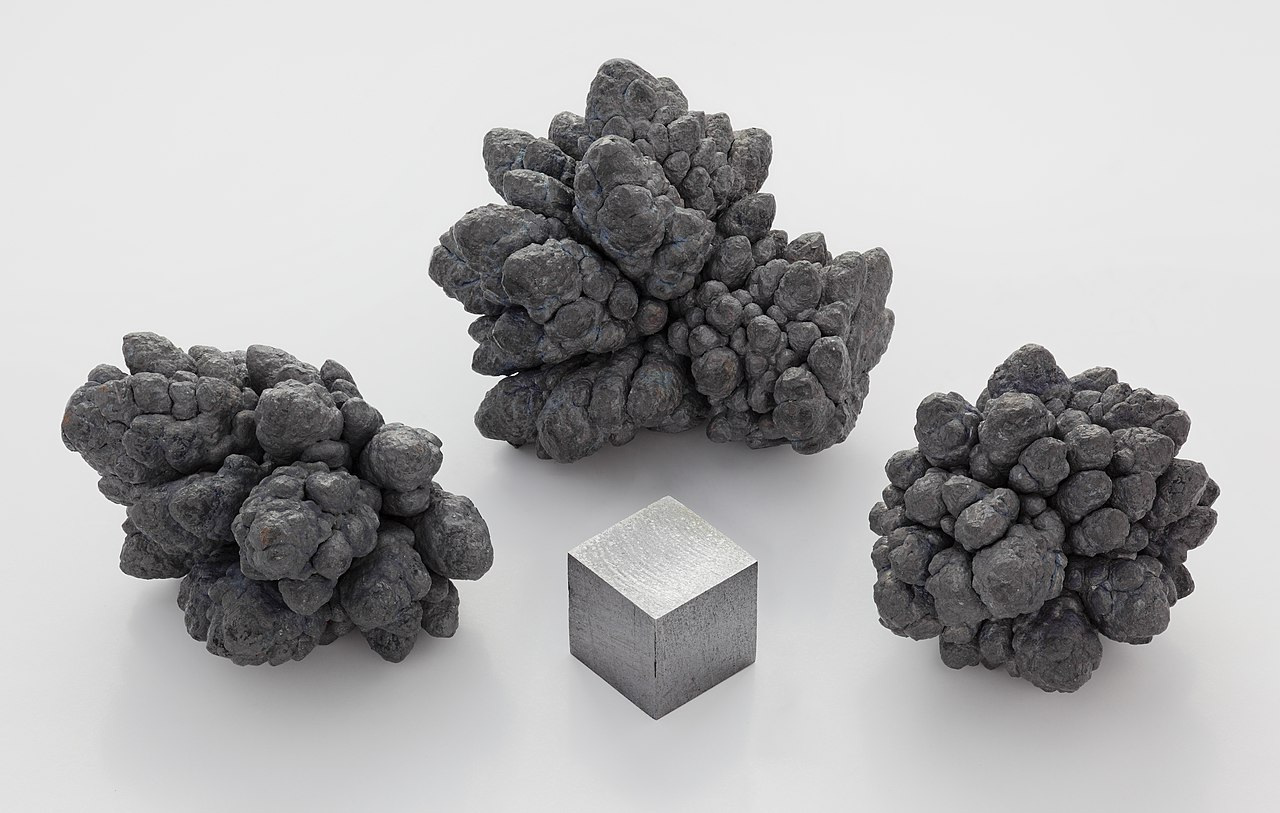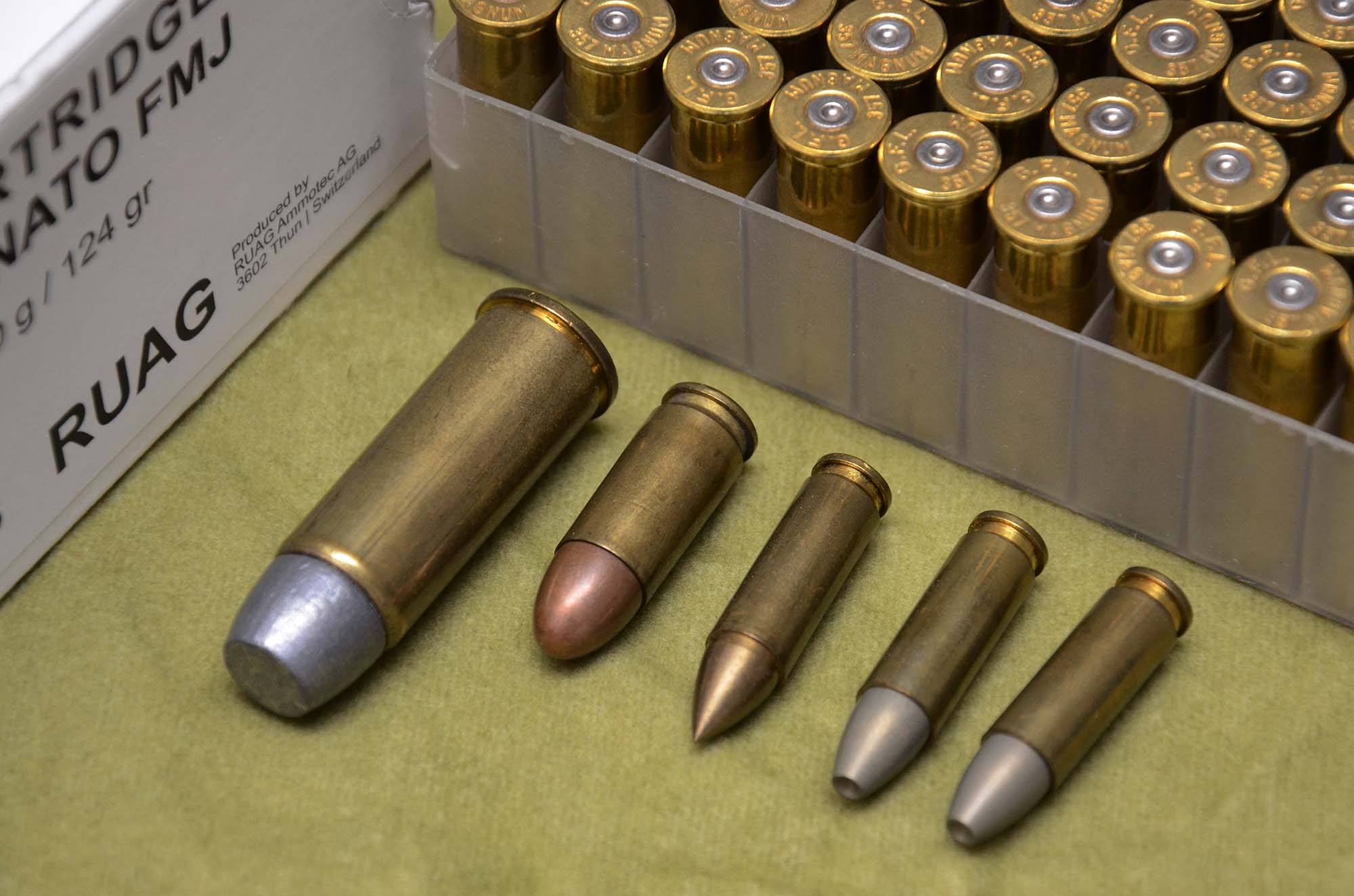A series of introductory articles conceived to teach beginners specs, features and history of the most popular rifle ammunition calibers
The concept behind the .270 Winchester was established in 1923, but the cartridge itself was launched commercially only two years later, in 1925 − probably to have it "tag along" the then-new Winchester Model 54 bolt-action rifle.
Time-wise, some may consider this nifty little cartridge as outdated. And that would be a fatal mistake to make.
Some history
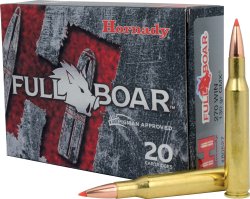
Almost 90 years after its debut, the .270 Winchester cartridge is still firmly holding to its market segment, thanks to its well established ballistic and terminal performance levels − almost guaranteed to maintain its cult status forever.
This said, the .270 Winchester is clearly "a close relative" to the .30-06 Springfield − a "blood line" that's most evident in the overall dimensions of the round, exception given with the case being necked-down to accept a .270" ball.
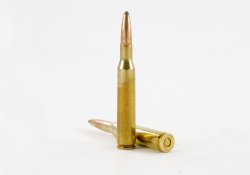
And yet, that small modification to the case neck caused this round to develop quite a "temper" if compared to the rather tranquil feeling of the .30-06 Springfield; on the other hand, it made the .270 Winchester available to handle 130-grains bullets fired at about 940 metres-per-second − that's circa 3083 feed-per-second, a blistering high velocity for its time − with an extreme level of intrinsic accuracy, almost Magnum-like in comparaison.
Such features couldn't leave the hunters community indifferent. Enticed by a brilliant advertisement campaign and by the particularly convenient price of the gun/ammunition combo, American hunters rushed to buy; with positive reports from the field following suit, the .270 Winchester quickly found its place as one of the world's most widespread hunting rounds − a position that it still holds.
The cartridge
Sure thing, the path to glory was no bed of roses for the .270 Winchester; some of the criticism it drew from the hunters' community related to its excessively "hysteric" behaviour and the rather quick loss of long-range accuracy; it should be pointed out, however, that the most common loading propellants back in the day were not nearly as progressive as the ones used today, meaning that those critics have no longer a reason to be in modern times.
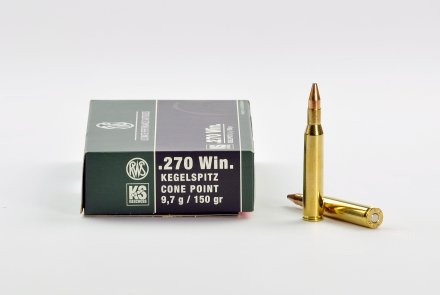
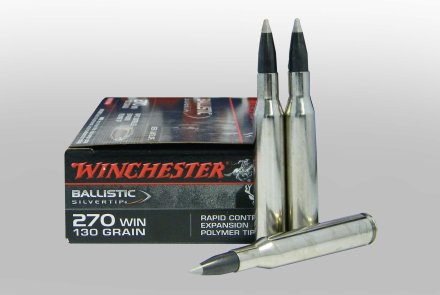
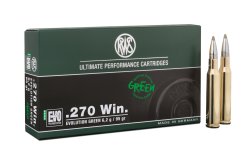
The .270 Winchester caliber was conceived to propel bullets ranging between 120 and 160 grains in weight, but the best performances are achieved with bullet weights ranging between 130 and 150 grains. .270" 100-grains bullets are also available, but albeit extremely fast, they lack almost any kind of practical use.
Hunting-wise, this cartridge is perfectly capable to tackle a wide array of game, from varmint to basically any kind of large-sized, soft-skinned hoofed animal from all around the globe.
Fields of use

In Europe, the .270 Winchester caliber is a popular all-rounder. Given its capability to tackle anything from small roebucks to large wild boars, many hunters on this side of the Big Pond rely on a .270 caliber firearm. It has limits, though − more specifically, higher calibers should be selected when hunting larger deer and other similar game in order to prevent non-clean kills and painful wounds to the animal.
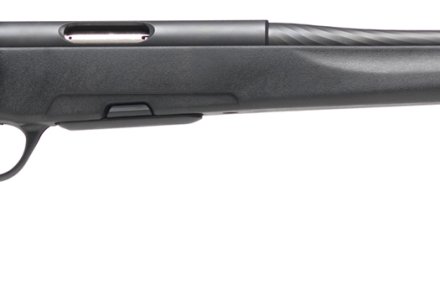
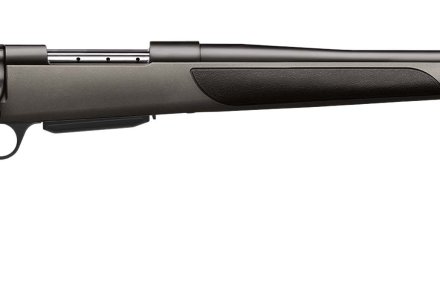
Basically any category of hunting firearms − from top-break to bolt-action rifles − has been offered in a .270 Winchester variant, but bolt-action firearms made it popular worldwide thanks to their relative low price and their sturdy, reliable design.
Home-reloading of ammunition also contributed to the mass popularity of the .270 Winchester caliber, given how easy and cheap it is to procure reloading components − from propellants to bullets − that would allow the most experienced hunters to enhance the level of performance ever further and make this nifty little caliber even more versatile. Highly progressive powders are the propellants of choice for the .270 Winchester caliber, but even just mid-progressive compounds will still provide good results.
The .270 Winchester caliber is very pleasurable to shoot, offering a mild recoil and an extremely high accuracy level up to 400 metres in range − which, according to some hunters, makes it even superior to its parent cartridge, the .30-06 Springfield round.
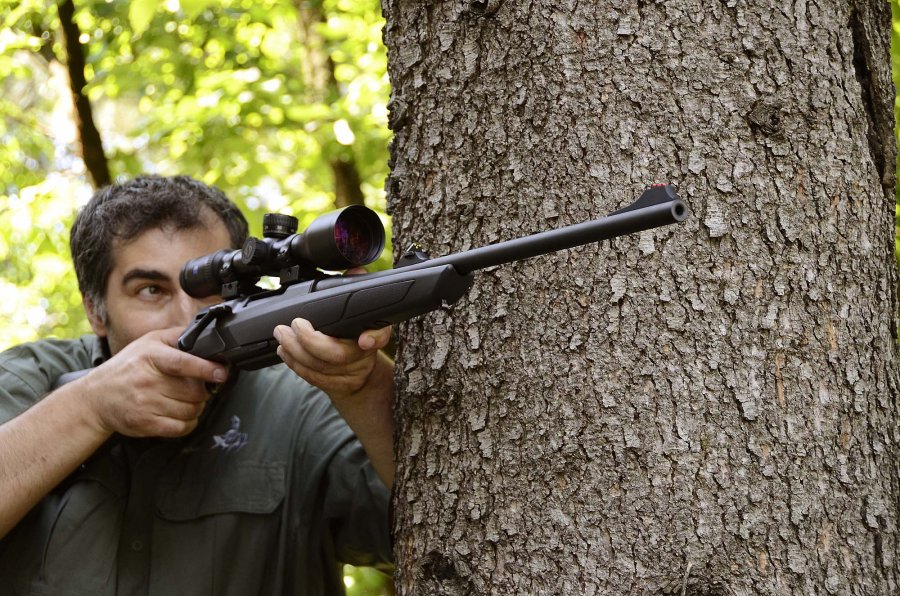
Curiosities
The Winchester company hired famous hunter Jack O'Connor for the launch campaign of the new .270 caliber − and O'Connor used it with profit on any and all available game in north America, moose and Grizzly bears included. The campaign was a success, but Jack O'Connor was indeed a highly experienced shooter, and knew exactly when and how to shoot at the largest preys.
The .270 Winchester is a tiny and yet nervous cartridge; reloaders should keep that in mind and thus always try to find a good balance between power and accuracy rather than going for the highest power level.
When going for new-generation monolithic bullets, which are slightly longer than their lead-based counterparts, hand-loaders should always go for mid-to-low-weight alternatives; under this point of view, we obtained good results at the range with 130-grains bullets.
Some examples of reloading specs for the .270 Winchester caliber
| Gun: Remington ADL | Barrel length: 61 cm |
Caliber | Propellant | Quantity | Bullet | Primer |
.270 Winchester | Vihtavuori N160 | 58 grains | Sierra Spitz 100 grains | Federal 250 − purely academic, very unpredictable |
.270 Winchester | IMR 4831 | 51 grains | Speer Spitz 130 grains | Federal 200 |
.270 Winchester | Vithavuori N160 | 53 grains | Barnes TSX 130 grains | CCI Standard |
| .270 Winchester | Vithavuori N160 | 46 grains | Barnes TTSX 150 grains | Federal 200 |
| .270 Winchester | IMR 782 | 54 grains | Palla Hornady BT 160 grains | CCI Magnum |
Warning:
Our readers should be advised that ammunition handloading requires skill and attention. All provided handloading data should be considered as purely indicatory; even the slightest variations could cause dangerous pressure surges, which could in turn result into bodily harm or property damage. In no case will the author of this article or all4shooters.com accept any responsibility for any injury or damage caused by the improper use of these data.



